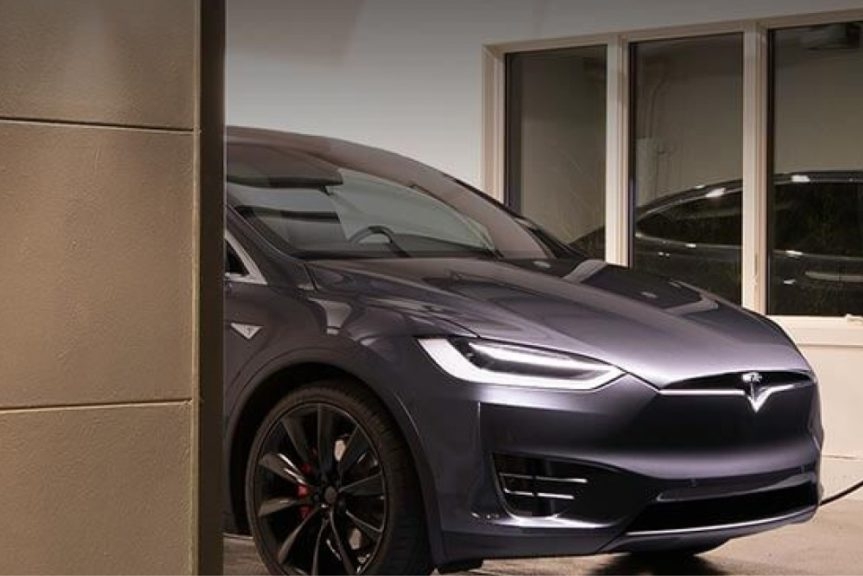The new capacity tariff, which will partly determine the electricity bill from 1 July next year, has consequences for various consumer profiles. While the single person in his apartment will see the bill rise, the owner of the Tesla can save considerably.
–
The Flemish energy regulator Vreg will launch a simulator on Thursday that will allow families to calculate the effect of the new capacity tariff. A part of the electricity bill will therefore be calculated differently. The aim is to avoid peaks on the grid by encouraging consumers to spread the consumption of heavy appliances – the heat pump and the electric car. After all, by spreading consumption, they can save. This will be done by measuring peak consumption, which is only possible with digital meters. Consumers with a traditional meter pay a fixed amount.
What does the simulator show? For a average family (consumption of 3,500 kWh per year) will change next to nothing in 2022 compared to 2021 (taking into account the same electricity prices). This is the case with both a digital and a classic meter.
Who will feel the rate is the single person who lives in an apartment. According to the simulator, this small power consumer (1,500 kWh) will see his electricity bill rise by about 50 euros in the case of a classic meter. With a digital meter, the additional cost is limited to 16 euros.
An family with an electric car and a traditional meter will see the bill drop significantly in 2022: an average of 170 euros. With a digital meter, their bill depends on the spread of consumption. If they charge the car at busy times (in the evening after the working day), the bill can increase by 100 euros. However, if they charge when there is little consumption (for example at night), they can reduce their electricity bill by an average of 115 euros. If they invest in a smart charging station, with staggered charging at a lower power and geared to other household appliances, the savings can be up to 224 euros.
Same story for families with a heat pump. Their electricity bill will decrease with the new rates for a traditional meter. With a digital meter, the amount of the invoice depends on the spread.
Will the new rates also feel in the wallet: the second residences. Under the new rates, they also pay a minimal contribution, even if there is little or no consumption. With a classic meter, the bill can increase by an average of 127 euros, with a digital meter that is an average of 66 euros.
–


